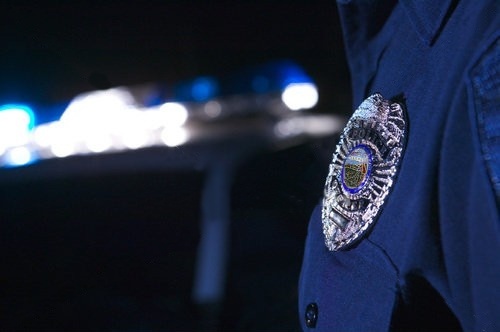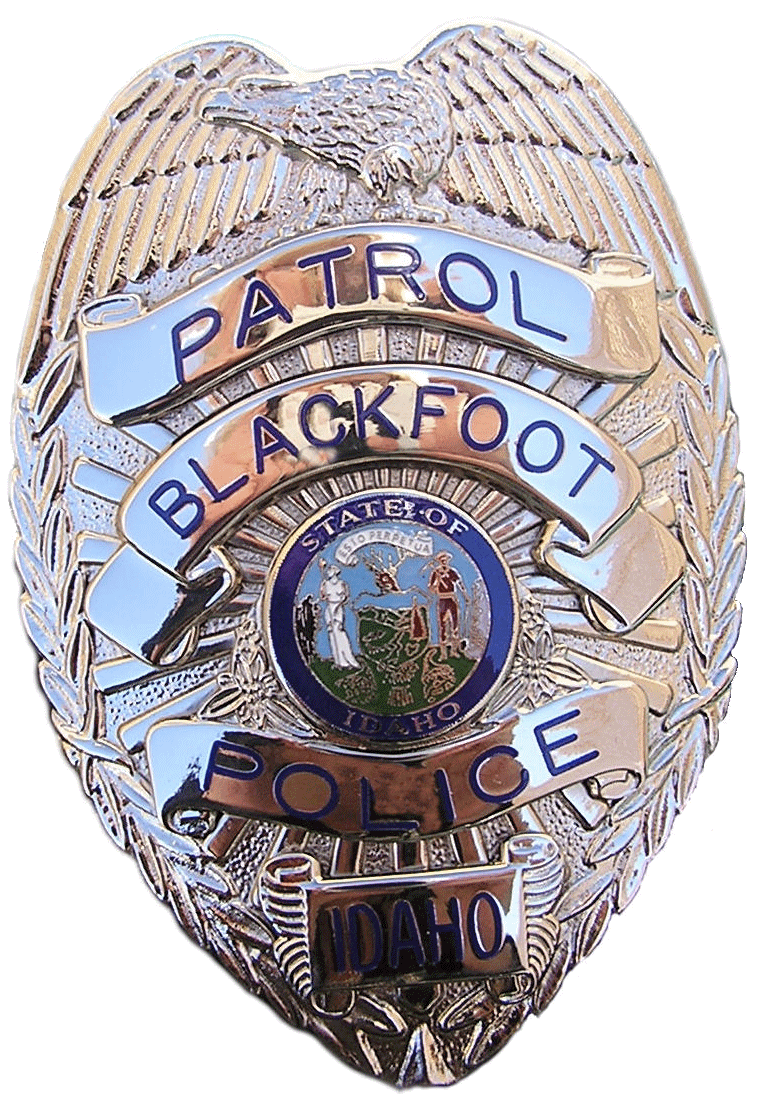
ABOUT THE DEPARTMENT |
CAREERS |
SAFETY AND PREVENTION |
COMMUNITY LINKS |
||
Salaries & Benefits |
|||||
Leadership |
Requirements |
Youth Committee |
|||
Contact |
Hiring Process |
||||
.gif)
History of School Resource Officer Program Prior to the 1950's, the concept of a "School Resource Officer" was not widely heard of. Most educational interaction between school and local law enforcement was done on an informal basis and by request. Such topics as bicycle safety, child molesters, traffic safety were common. The First School Resource Officer Program In the late 1950's, the first SRO program was started in Flint, Michigan. It's overall goal was to improve the relationship between local police and youth. Officers were placed in schools on a full time basis for the first time ever. They served as teachers and counselors. A survey given at that time allowed for a look at the attitudes youth had about law enforcement. The program was determined to be a huge success and Flint, Michigan became a model for future school resource officer programs across the country. Positive evaluations have kept the program in place for over 40 years. Expansion and Other Successful SRO Programs 1963: Tucson, Arizona Officers were assigned to Junior High Schools. Their primary goal was to improve the relationship between police and juveniles. The success of the program prompted expansion into local high schools. 1966: Siginaw, Michigan This program differed from others in the matter that resources did not allow then to assign just one school to the SRO. Two officers were in charge of covering all the schools in the city; two high schools, five junior high schools, and twenty seven elementary.. The program quickly realized the diminishing effects of spreading their officers so thin and the changes in attitudes towards law enforcement were not as noticeable as in other communities. 1967: Cincinnati, Ohio Classroom contact was the primary goal. Although the program followed the now generally accepted "Triad" approach to SRO policing, the Cincinnati officers minimized their law enforcement activities, except in emergency situations. A study conducted in 1969 showed the program was a success and the attitudes towards law enforcement had improved. 1968: Los Angeles This program combined the efforts of the local police and Sheriff's department. Officers and the Deputies were assigned to junior high schools on a full time basis. They assumed the role of an informal counselor and became a resource for parents, students and staff. Again, the role of the law enforcement officer was not as prevalent as in today in most SRO programs, but evolutions showed the program was successful and it expanded to include high schools. 1968: Tulare, California One officer was assigned to cover two junior high schools. Duties were to patrol campus, prevent crimes, teach law related education and counsel students, and spent a large portion of their time as disciplinarians. Thus, a change in attitudes towards law enforcement was minimal. Evaluations though did show a large decrease in juvenile crime and arrest rates decreased by 52% in two years. The California Youth Authority wrote the program was very positive and needed to expand to cover the high schools. 1969: Miami, Florida The Miami Police Department started their first program during the 1969-70 school year. A large impetus was Chief Bernard Garmire who came from Tucson, Arizona where the SRO program had long been in place. The program soon expanded from Miami to the remainder of Dade County. Evaluations showed the program to be effective at strengthening the relationship between youth and law enforcement. 1972: Orlando, Florida The Orlando Police Department started a pilot program in 1972. Officers were placed full time in two junior high schools. Evaluations also showed the program to be effective in reducing crime and improving the attitudes towards law enforcement. The program was soon expanded to all Orange County junior and high schools. 1975: Hillsborough County, Florida Officers serving as teachers, counselors, and law enforcement were placed in the junior high schools in 1975. Positive evaluations soon prompted expansion into all junior and high schools in the county. The program included both the Sheriff's department and the local police department. *- Sherling, Kathy. (1998). National Association of School Resource Officers: Basic Course Manuel. Florida: NASRO, Inc
|
||

C





